Reflectance and Emission Modelling of Airless Exoplanets
- 1Image Analysis Group, TU Dortmund University, Dortmund, Germany
- 2Max-Planck-Institute for Astronomy, Heidelberg, Germany
- 3Leiden Observatory, Leiden University, Leiden, The Netherlands
Introduction
Rocky airless bodies in the solar system, e.g., Mercury, the Moon, and many asteroids, host a rough silicate regolith layer. The roughness of the surfaces influences the reflectance and emission phase curves of these bodies. At small phase angles, the “opposition effect” increases the reflected radiation and “thermal beaming” leads to higher emitted radiation compared to smooth surfaces (see Figure 1). At higher phase angles, surface roughness leads to “shadowing”, the measured thermal emission is smaller than predicted by the equilibrium model for a smooth surface. The rocky exoplanets LHS 3844 b [1], GJ 1252 b [2], TRAPPIST-1 b [3], and TRAPPIST-1 c [4] are roughly Earth-sized (see Figure 2), likely have no atmospheres, and their surfaces largely remain mysterious. We previously developed and validated a thermal roughness model for airless solar system bodies (the Moon and Mercury) [5]. In this work, we adapt our model to airless exoplanets and analyze how surface roughness and albedo affect the infrared phase curves. The resulting model can then impose constraints on the surface structure of the exoplanets. We will use this approach to analyze upcoming phase curve measurements of LHS 3844 b in the James Webb Space Telescope (JWST) General Observer Program, cycle 2, ID 4008 [6].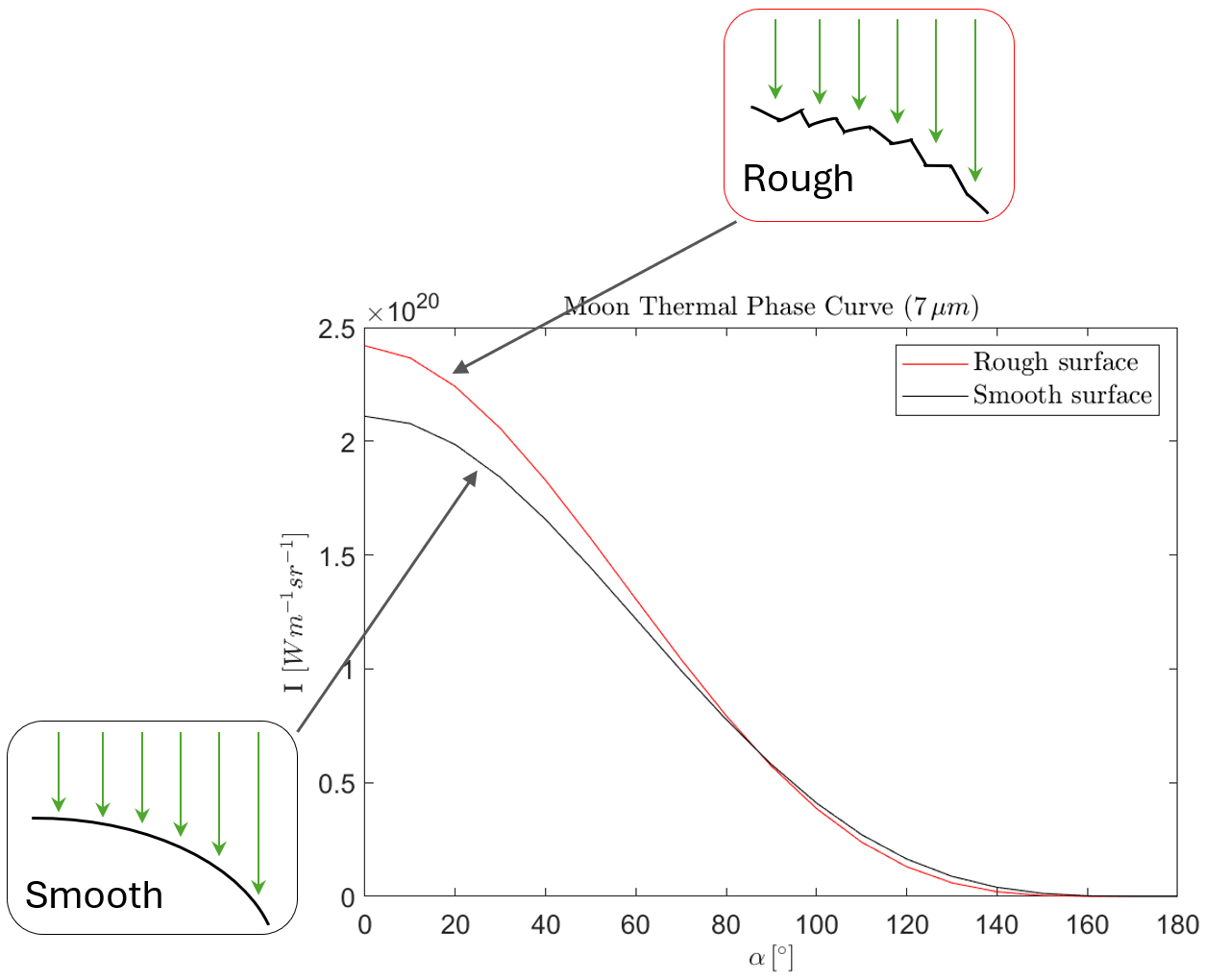
Figure 1. The Moon's emission phase curve demonstrates the thermal beaming effect. Adopted from [6].
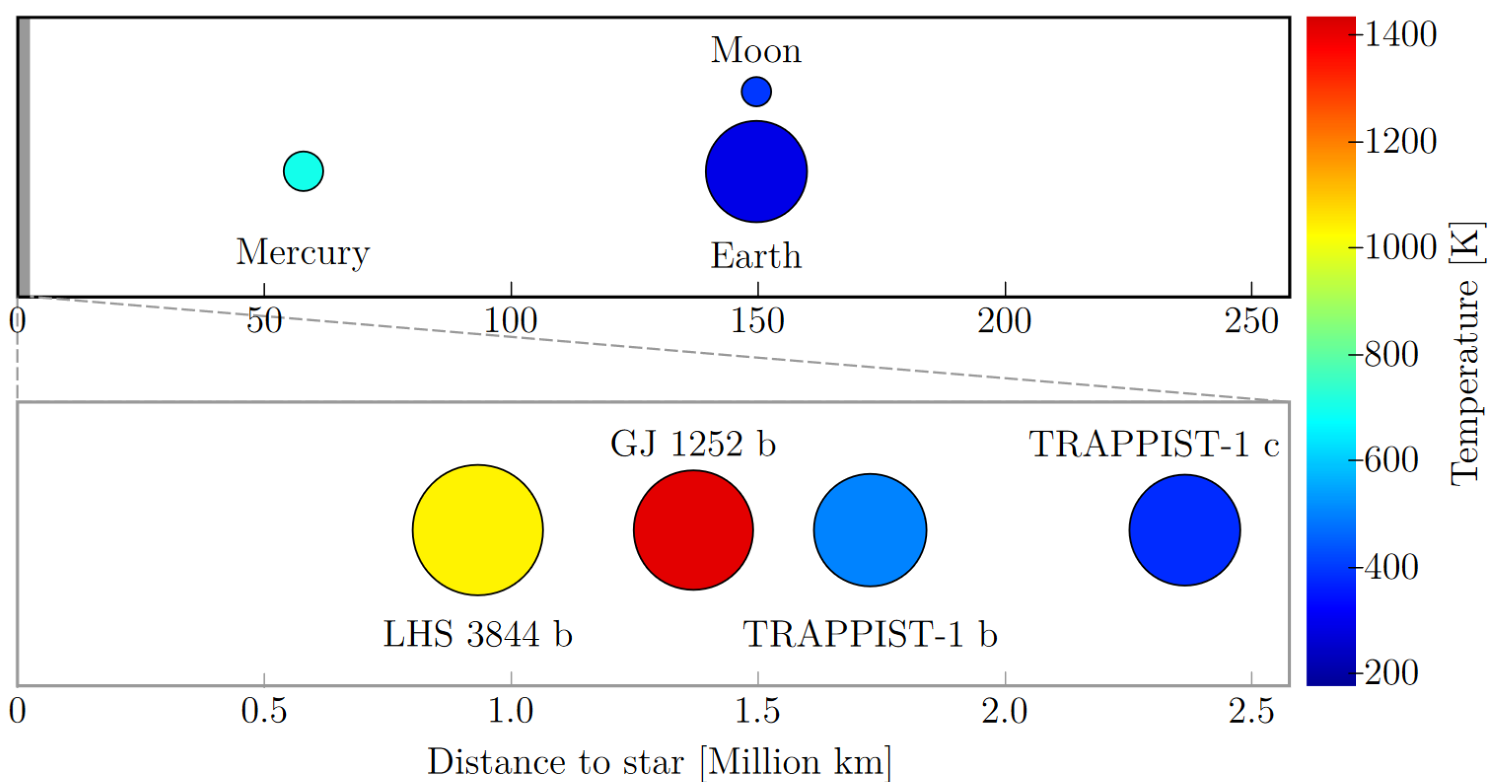
Figure 2. Radii, temperatures, and stellar distances of the exoplanets studied in this work compared to Mercury, Earth, and the Moon. The radii are not to scale to the distances. The color denotes the dayside surface temperature.
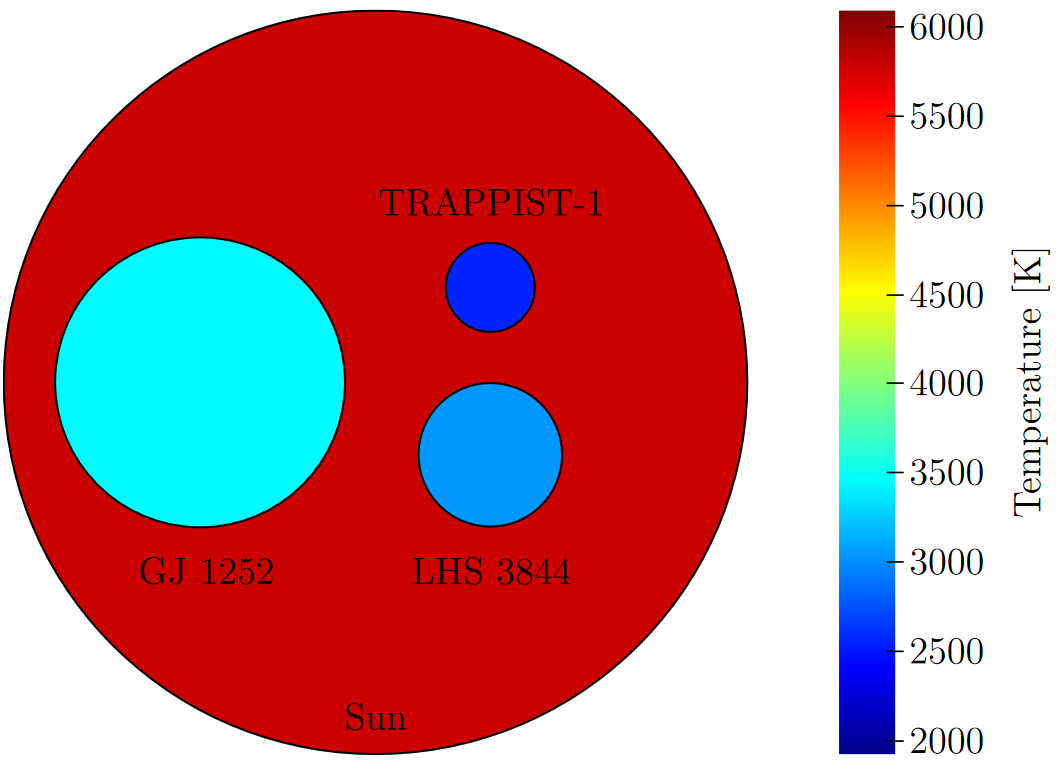
Figure 3. Comparison of the different host star radii and surface temperatures.
Methods
We model the reflectance component of the radiation with the Hapke model [7] and fix all parameters except for the spectral single-scattering albedo. We derive two sets of albedo values from lunar satellite and returned sample data. The “mare” set models a darker surface and represents a more basaltic composition. The “highland” set resembles a comparatively brighter surface and more feldspathic composition. We use the thermal roughness model from [5] for the emission component, which is mainly controlled by the albedo and the roughness parameter (average roughness angle). We simulate disk-resolved radiances of the planets for different phase angles and integrate them over the disk to retrieve the phase curves. We focus on the wavelength region of the JWST NIRSpec G395H/F290LP disperser/filter combination (2.7 μm-5.2 μm).
Results
Figure 4 shows the reflectance and emission phase curves for LHS 3844 b for different roughness angles and albedos. The reflected component is smaller than the emitted component in the infrared wavelength region but not negligible. The thermal beaming and shadowing effects are clearly visible. The opposition effect is most likely not detectable due to the occultation of the planet during the secondary eclipse. The simulations of all four exoplanets show that the albedo influences the amplitude of the phase curve, and the surface roughness alters the shape of the phase curve. Figure 5 shows that the two parameters appear interchangeable at small phase angles (close to the secondary eclipse). However, considering the entire phase curve allows albedo and surface roughness to be separated. Figure 6 shows the combined phase curves for the other three exoplanets. The phase curve of GJ 1252 b is like that of LHS 3844 b and the parameter influences can likely be separated. TRAPPIST-1 b and TRAPPIST-1 c have much lower relative flux densities, which makes parameter retrieval difficult.
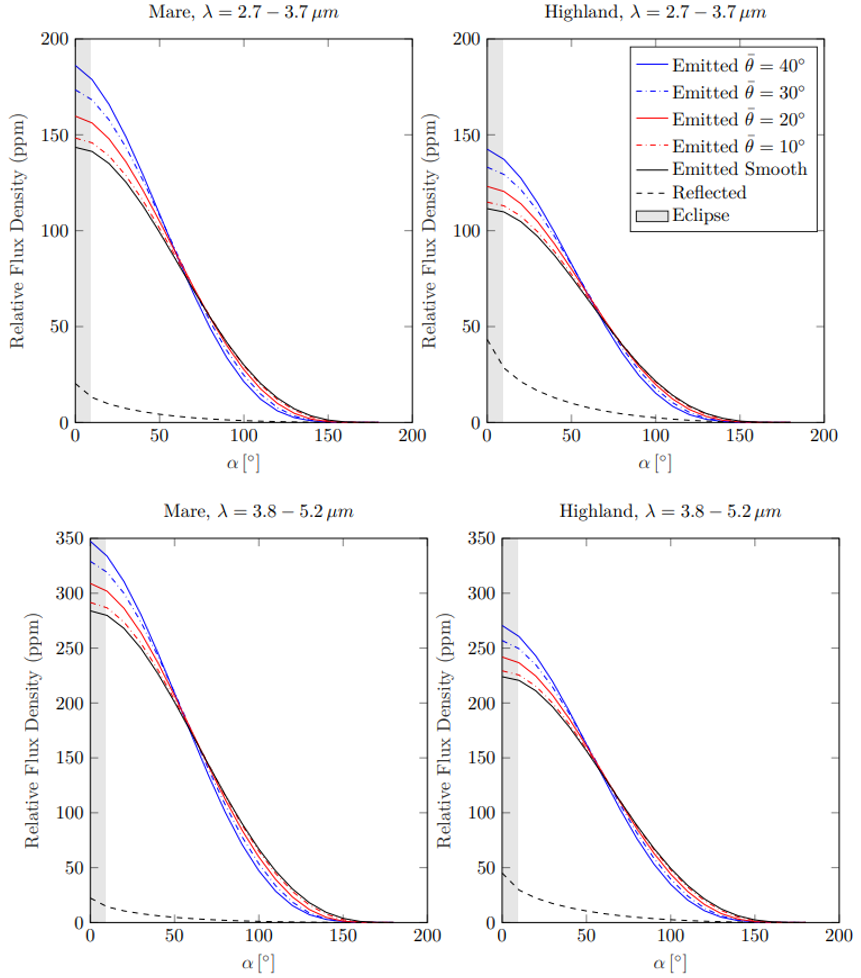
Figure 4. Reflectance and emission phase curves for LHS 3844 b. The upper row corresponds to the shorter wavelength region of NIRSpec, and the lower row corresponds to the longer wavelength region. The columns represent the two albedo sets.
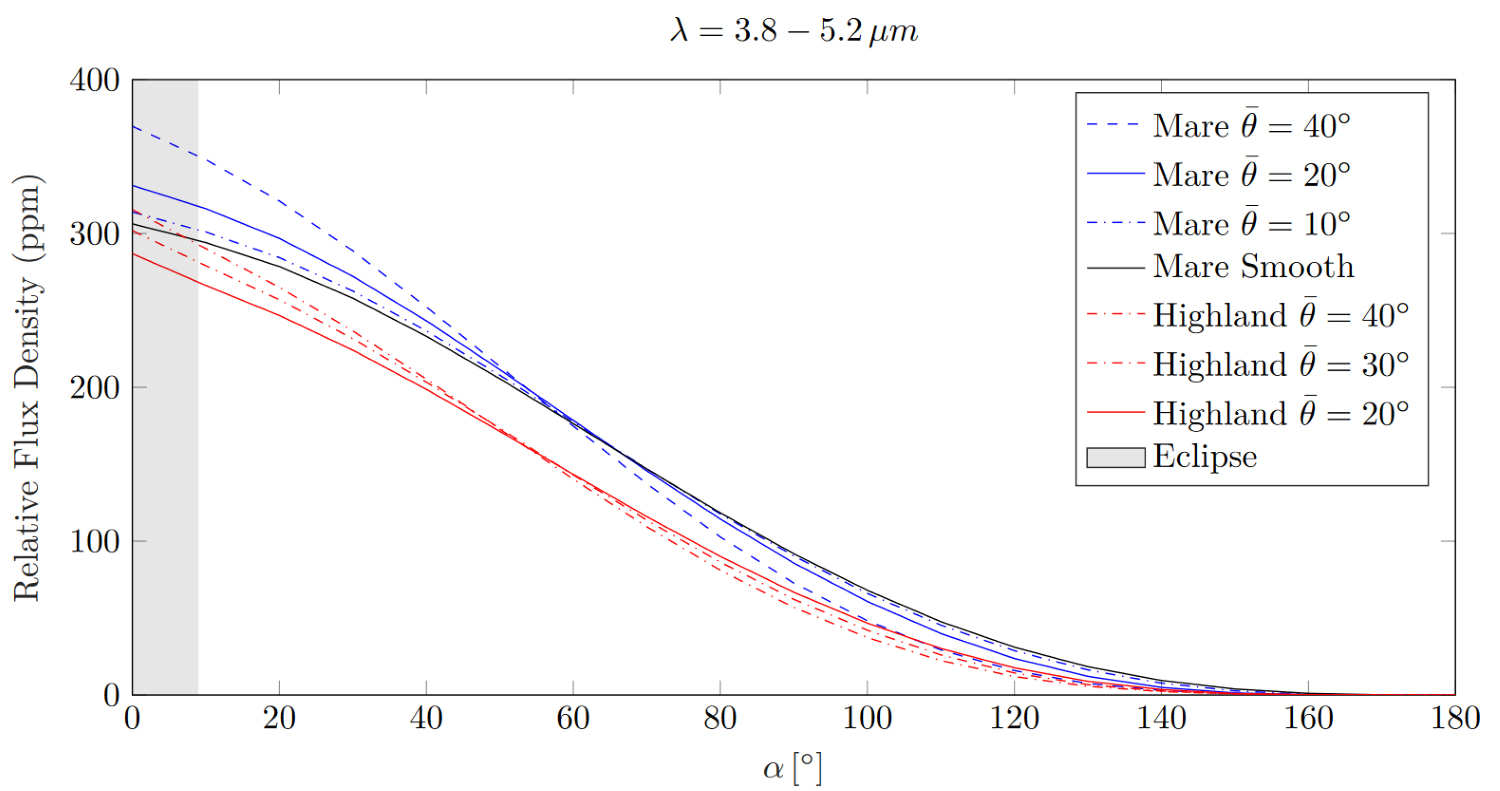
Figure 5. Combined reflectance and emission phase curves for LHS 3844 b for different surface roughness angles and albedos.
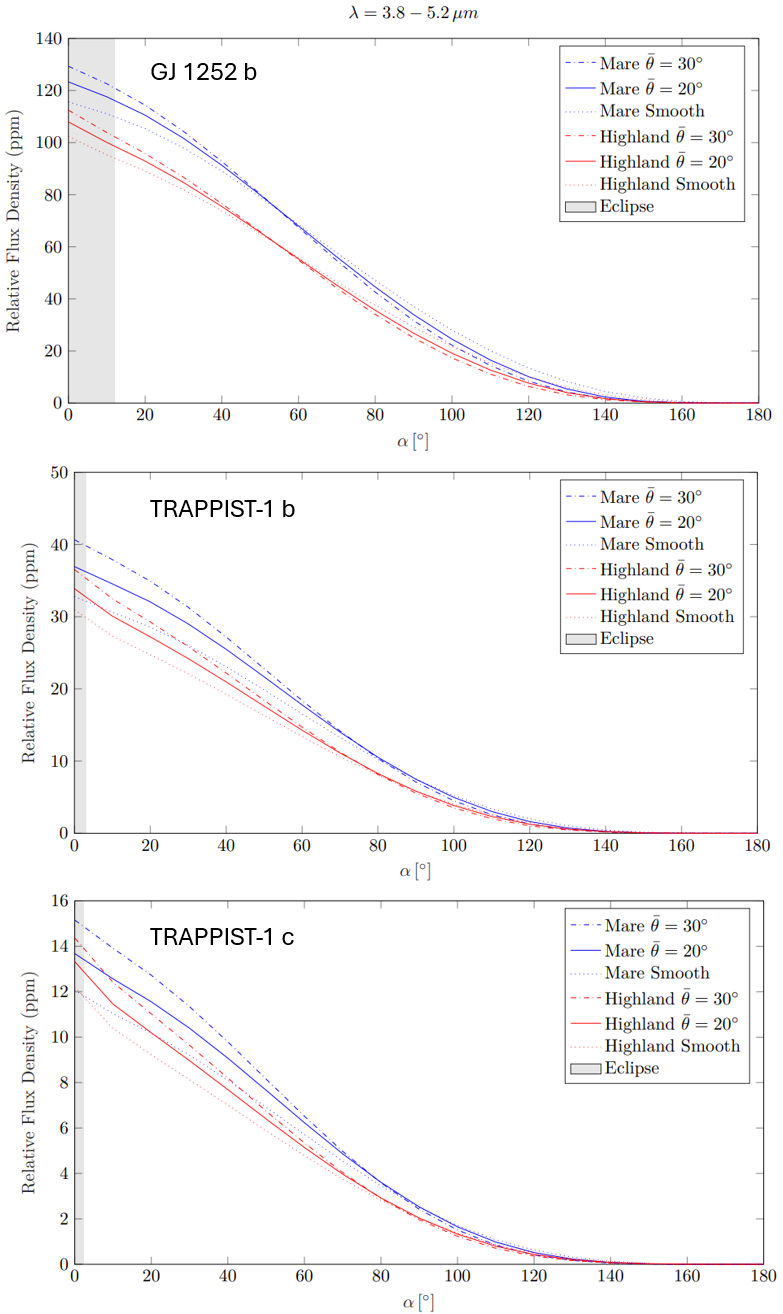
Figure 6. Combined phase curves for GJ 1252, TRAPPIST-1 b and TRAPPIST-1 c.
Conclusion
The surface roughness and albedo effects are detectable and most likely separable for LHS 3844 b and GJ 1252 b with NIRSpec on JWST. This would allow the retrieval of one or both parameters from phase curve measurements, which can provide information about the nature of extrasolar planetary surfaces. Additional albedo constraints can further improve the retrieval scheme. Due to extensive space weathering, the closely orbiting exoplanets likely have a low albedo, similar to Mercury or the maria of the Moon. The two planets of the TRAPPIST-1 system are less suited for characterization with NIRSpec. Still, MIRI measurements might enable the parameter retrieval.
References
[1] Kreidberg, L., Koll, D.D.B., Morley, C. et al. Nature 573, 87–90 (2019).
[2] Ian J. M. Crossfield et al 2022 ApJL 937 L17
[3] Greene, T.P., Bell, T.J., Ducrot, E. et al. Nature 618, 39–42 (2023).
[4] Zieba, S., Kreidberg, L., Ducrot, E. et al. Nature 620, 746–749 (2023).
[5] Wohlfarth, K., Wöhler, C., Hiesinger, H., Helbert, J. A&A 674 A69 (2023)
[6] S. Zieba, L. Kreidberg, R. Hu, C. Morley, K. Wohlfarth, M. Tenthoff, and C. Wöhler. JWST Proposal 4008. https://www.stsci.edu/jwst/science-execution/program-information?id=4008. (2023)
[7] Bruce Hapke. Journal of Geophysical Research: Solid Earth, 86(B4):3039–3054, (1981)
How to cite: Tenthoff, M., Wohlfarth, K., Wöhler, C., Zieba, S., and Kreidberg, L.: Reflectance and Emission Modelling of Airless Exoplanets, Europlanet Science Congress 2024, Berlin, Germany, 8–13 Sep 2024, EPSC2024-649, https://doi.org/10.5194/epsc2024-649, 2024.